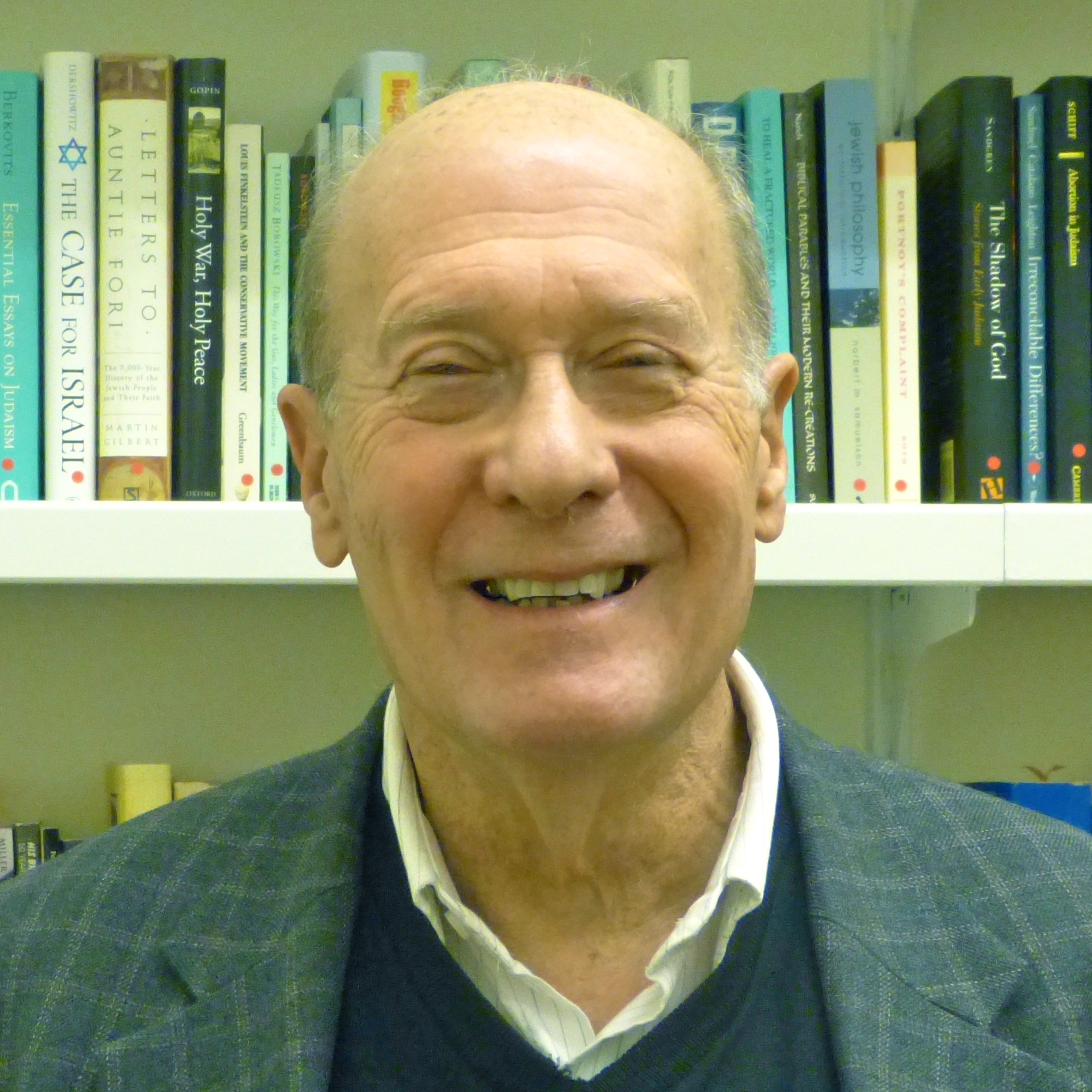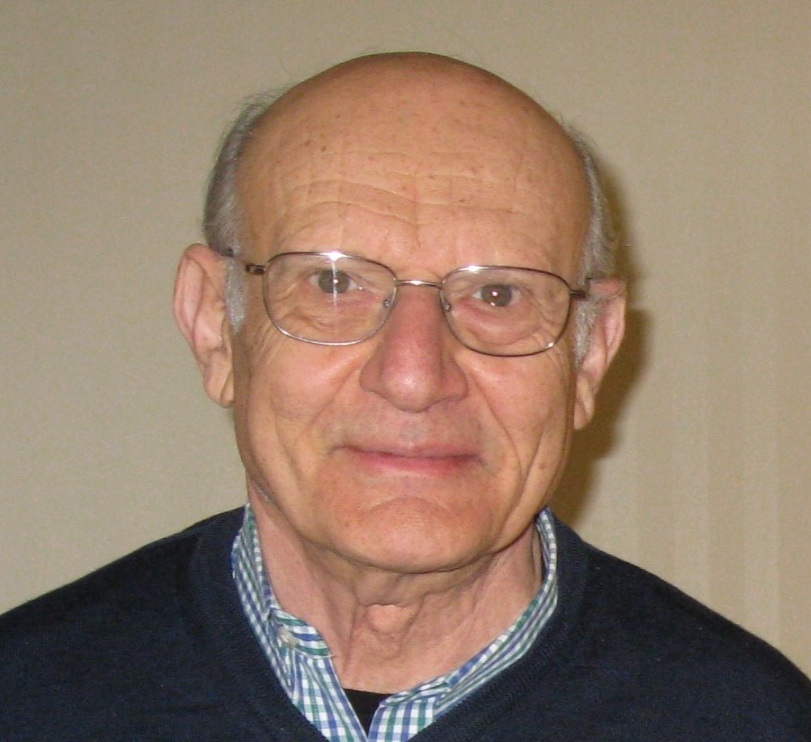- Level Foundation
- Duration 30 hours
- Course by University of California, Santa Cruz
-
Offered by

About
The Holocaust: The Destruction of European Jewry is an adaptation of an on-campus course that has been co-taught by Murray Baumgarten, Distinguished Professor of English and Comparative Literature (Literature Department), and Peter Kenez, Professor Emeritus (History Department), for over 20 years at UC Santa Cruz. In this course, you will explore the Holocaust from the overlapping perspectives of literature and history—through memoirs, historical documents, poetry, documentary footage, filmic representations, and novels. You will expand your knowledge of the literature of the Holocaust, Eastern and Western European Jewish communities, the origins and development of antisemitism, the establishment of labor and extermination camps, resistance movements, and the Holocaust as a problem for world history. There is more than one way to take this course: You can complete all of the activities (and earn a Verified Certificate) or only the activities that are most interesting to you. Whatever you choose to do, we encourage you to find a havruta (a study partner) in your community or in the Coursera community so that you can experience the course in a more interactive and meaningful way.Modules
Course overview
4
Readings
- Description
- Books and films
- Writing assignments
- Acknowledgements
1.0 Module overview
1
Readings
- 1.0.1 Topics, readings, and films
1.1 Why do we study the Holocaust?
4
Videos
- 1.1.1 Introductions
- 1.1.2 Who were the Jews?
- 1.1.3 Why do we study the Holocaust?
- 1.1.4 Poetry and perspectives
1
Readings
- 1.1.5 Written in Pencil in the Sealed Railway-Car (English translation)
1.2 Emancipation, acculturation, assimilation
5
Videos
- 1.2.1 Western European Jewry in the 19th century
- 1.2.2 Jewish success and European antisemitism
- 1.2.3 Jews in French society
- 1.2.4 Roots of modern antisemitism
- 1.2.5 Theodor Herzl
1.3 Yiddish culture
4
Videos
- 1.3.1 Expectations of reality
- 1.3.2 Hier ist kein warum
- 1.3.3 Yiddish culture
- 1.3.4 On Account of a Hat
1
Readings
- 1.3.5 On Account of a Hat (English translation)
2.0 Module overview
1
Readings
- 2.0.1 Topics, readings, and films
2.1 Eastern Europe in the twentieth century
6
Videos
- 2.1.1 Eastern Europe in the 20th century
- 2.1.2 Poland, part 1
- 2.1.3 Poland, part 2
- 2.1.4 Hungary, part 1
- 2.1.5 Hungary, part 2
- 2.1.6 Fear and hatred
2.2 Liberal culture in Europe
4
Videos
- 2.2.1 Liberal European culture
- 2.2.2 Night, part 1
- 2.2.3 Night, part 2
- 2.2.4 Life in the Arbeitslager
2.3 Jewry of the Russian Empire
5
Videos
- 2.3.1 Jewry of the Russian Empire
- 2.3.2 The Russian state
- 2.3.3 Changing demographics
- 2.3.4 Pogroms in the Russian Empire and the USSR
- 2.3.5 Jewish identity
2.4 The Bildungsroman
4
Videos
- 2.4.1 The Bildungsroman, part 1
- 2.4.2 The Bildungsroman, part 2
- 2.4.3 The Bildungsroman, part 3
- 2.4.4 The Bildungsroman, part 4
3.0 Module overview
1
Readings
- 3.0.1 Topics, readings, and films
3.1 Hitler, Germany, and the Jews
5
Videos
- 3.1.1 Fascism
- 3.1.2 Hitler and the Jews
- 3.1.3 Germans and the Jews
- 3.1.4 The rise of the Nazis
- 3.1.5 Nazism in German culture
3.2 Poetry and evil
4
Videos
- 3.2.1 Poetry and evil, part 1
- 3.2.2 Poetry and evil, part 2
- 3.2.3 Poetry and evil, part 3
- 3.2.4 Todesfugue (Death Fugue)
6
Readings
- 3.2.5 Kaddish
- 3.2.6 Nightsong (English translation)
- 3.2.7 Death Fugue (English translation)
- 3.2.8 Todesfuge (German)
- 3.2.9 Memento Mori (English translation)
- 3.2.10 Memento Mori (Yiddish)
3.3 What to do with the Jews?
5
Videos
- 3.3.1 Intentionalism and functionalism
- 3.3.2 What do we do with the Jews?
- 3.3.3 Why didn't they leave?
- 3.3.4 The Anschluß and German pogroms
- 3.3.5 Passing and not passing
4.0 Module overview
1
Readings
- 4.0.1 Topics, readings, and films
4.1 Victimhood and resistance
5
Videos
- 4.1.1 Questions for the Jews
- 4.1.2 Direct acts of violence
- 4.1.3 Fight for what?
- 4.1.4 Eroticization of violence
- 4.1.5 Resistance and agency
4.2 Necessary conditions for the Holocaust
5
Videos
- 4.2.1 Beginnings of war
- 4.2.2 German war aims
- 4.2.3 Ghettoes
- 4.2.4 Jewish leadership
- 4.2.5 What did the neighbors say?
4.3 Trauma and guilt
5
Videos
- 4.3.1 Language of trauma
- 4.3.2 Banality of evil
- 4.3.3 Schindler's List, part 1
- 4.3.4 Schindler's List, part 2
- 4.3.5 Guilt and responsibility
4.4 Writing assignment: The Holocaust is still with us
1
Peer Review
- The Holocaust is still with us
5.0 Module overview
1
Readings
- 5.0.1 Topics, readings, and films
5.1 Villains and victims
5
Videos
- 5.1.1 Wartime lunacy
- 5.1.2 Einsatzgruppen, part 1
- 5.1.3 Einsatzgruppen, part 2
- 5.1.4 Pogroms in the east
- 5.1.5 Forms of resistance
5.2 Witnesses
4
Videos
- 5.2.1 Witness to trauma, part 1
- 5.2.2 Witness to trauma, part 2
- 5.2.3 Witness to trauma, part 3
- 5.2.4 Witness to trauma, part 4
5.3 Dora Sorell
7
Videos
- 5.3.1 Dora Sorell, part 1
- 5.3.2 Dora Sorell, part 2
- 5.3.3 Dora Sorell, part 3
- 5.3.4 Dora Sorell, part 4
- 5.3.5 Dora Sorell, part 5
- 5.3.6 Dora Sorell, part 6
- 5.3.7 Dora Sorell, part 7
6.0 Module overview
1
Readings
- 6.0.1 Topics, readings, and films
6.1 Labor and extermination
6
Videos
- 6.1.1 The heart of the matter
- 6.1.2 From labor to extermination
- 6.1.3 Bełżec, Sobibór and Treblinka
- 6.1.4 The task of killing
- 6.1.5 Auschwitz
- 6.1.6 Who knew about the murders?
6.2 This Way for the Gas ...
5
Videos
- 6.2.1 This Way for the Gas, part 1
- 6.2.2 This Way for the Gas, part 2
- 6.2.3 This Way for the Gas, part 3
- 6.2.4 This Way for the Gas, part 4
- 6.2.5 Memorials and understanding
6.3 Writing assignment: Analysis of a Holocaust text or film
1
Peer Review
- Analysis of a Holocaust text or film
7.0 Module overview
1
Readings
- 7.0.1 Topics, readings, and films
7.1 The Western European Holocaust
5
Videos
- 7.1.1 The Wansee Conference
- 7.1.2 Denmark and Norway
- 7.1.3 Belgium and Holland
- 7.1.4 France and Italy
- 7.1.5 Nazi looting
7.2 Fatelessness
5
Videos
- 7.2.1 Fatelessness, part 1
- 7.2.2 Fatelessness, part 2
- 7.2.3 Fatelessness, part 3
- 7.2.4 Fatelessness, part 4
- 7.2.5 Fatelessness, part 5
2
Readings
- 7.2.6 Never Say/Partisan Song (English translation)
- 7.2.7 Zog Nit Keyn Mol/Partizaner Lid (Yiddish)
7.3 Hungary
5
Videos
- 7.3.1 Deportation and extermination
- 7.3.2 Antisemitic laws
- 7.3.3 Germany and Hungary
- 7.3.4 Separate peace
- 7.3.5 Ambiguities
7.4 A Scrap of Time
5
Videos
- 7.4.1 A Scrap of Time, part 1
- 7.4.2 A Scrap of Time, part 2
- 7.4.3 A Scrap of Time, part 3
- 7.4.4 A Scrap of Time, part 4
- 7.4.5 A Scrap of Time, part 5
8.0 Module overview
1
Readings
- 8.0.1 Topics, readings, and films
8.1 Romania
5
Videos
- 8.1.1 Romania, part 1
- 8.1.2 Romania, part 2
- 8.1.3 Romania, part 3
- 8.1.4 Romania, part 4
- 8.1.5 A gigantic biological and social experiment
8.2 The end of the Holocaust
6
Videos
- 8.2.1 The perpetrators
- 8.2.2 Other types of madness
- 8.2.3 The surrounding population
- 8.2.4 The outside world
- 8.2.5 Isolation
- 8.2.6 Last testament
1
Readings
- 8.2.7 My Political Testament
8.3 Writing assignment: Explore your ideas from the discussion forum
1
Peer Review
- Explore your ideas from the discussion forum
Auto Summary
"The Holocaust: The Destruction of European Jewry" is a profound exploration of a pivotal historical event, brought to you by Coursera. This course, taught by acclaimed professors Murray Baumgarten and Peter Kenez from UC Santa Cruz, delves into the Holocaust through the lenses of literature and history. Learners will immerse themselves in memoirs, historical documents, poetry, documentaries, films, and novels, gaining a comprehensive understanding of the Holocaust, its origins, and its impact on European Jewry. Spanning approximately 30 hours of content, this foundational course offers flexible learning options. Participants can choose to engage with all activities to earn a Verified Certificate or focus on the segments that interest them most. To enhance the learning experience, students are encouraged to partner with a study buddy, either from their local community or the Coursera community, fostering a collaborative and enriching educational journey. Ideal for those with a keen interest in arts and humanities, this course is perfect for anyone looking to deepen their knowledge of Holocaust history and literature, including its cultural, social, and historical contexts. Join now to embark on a meaningful and insightful exploration of one of history's most significant events.

Murray Baumgarten

Peter Kenez

